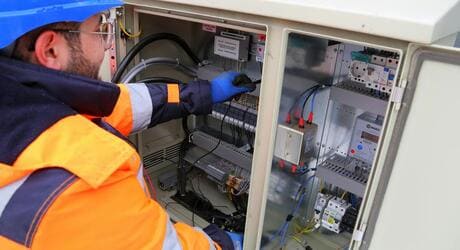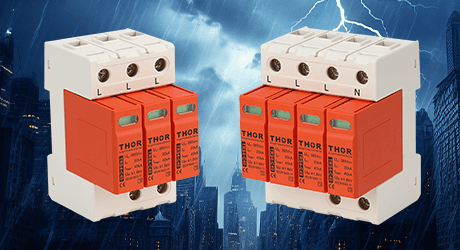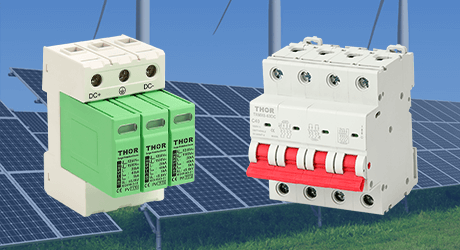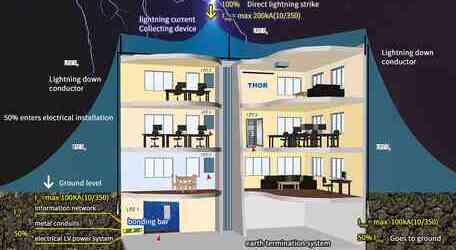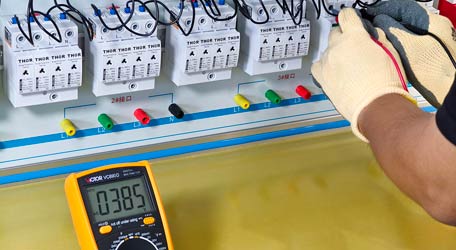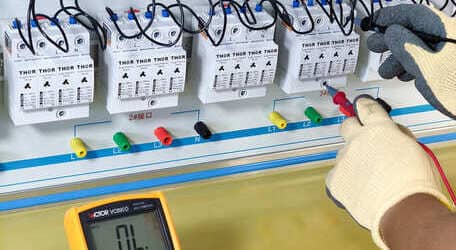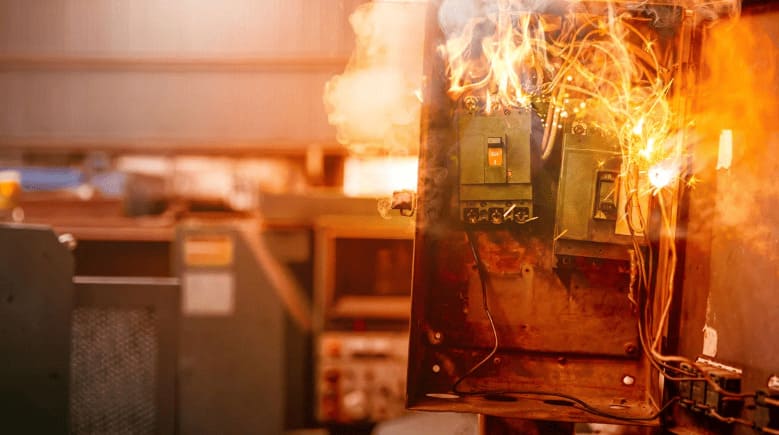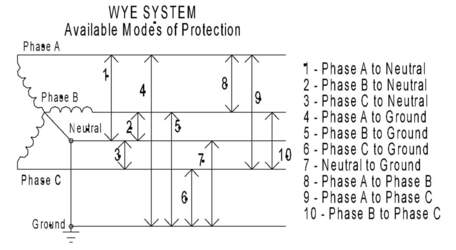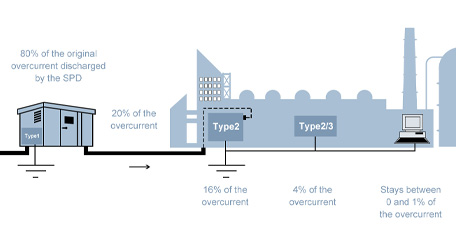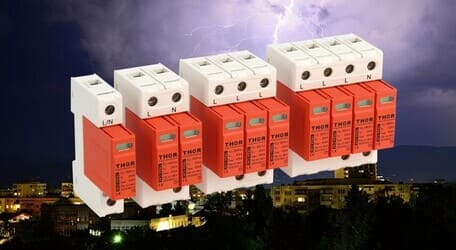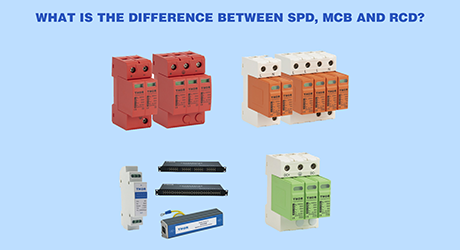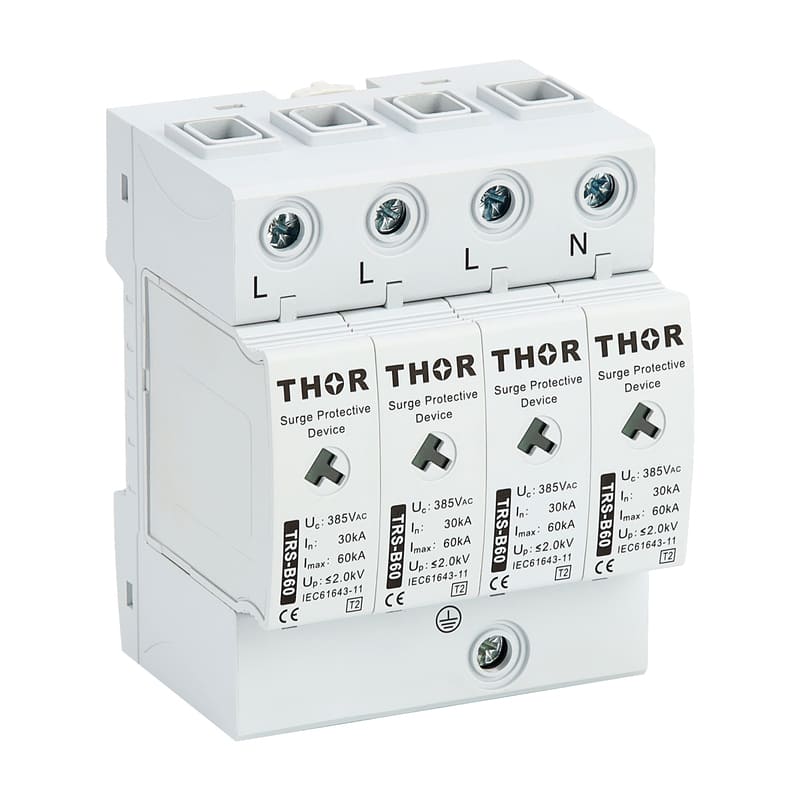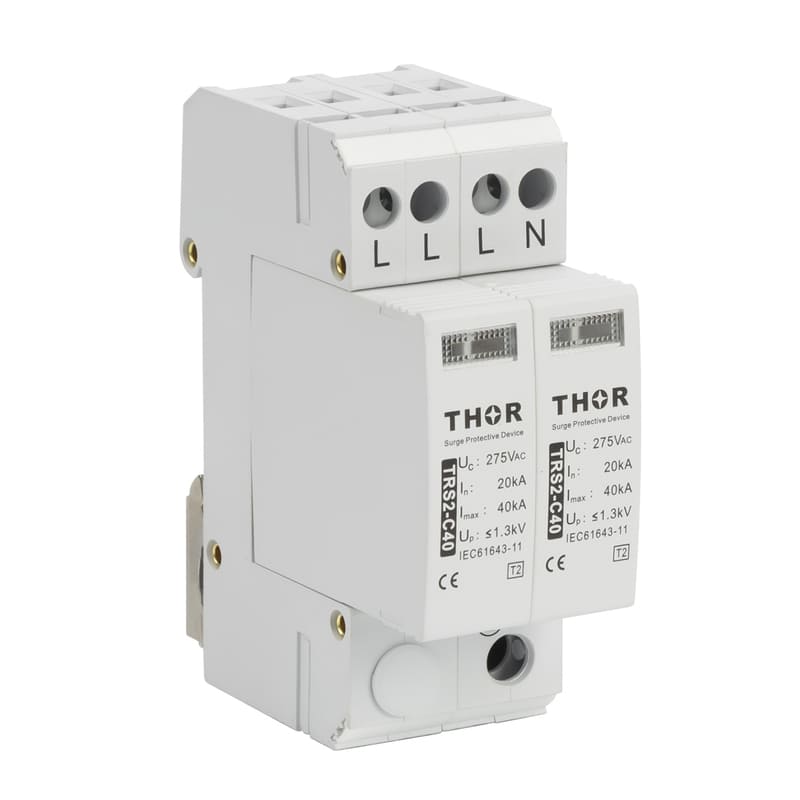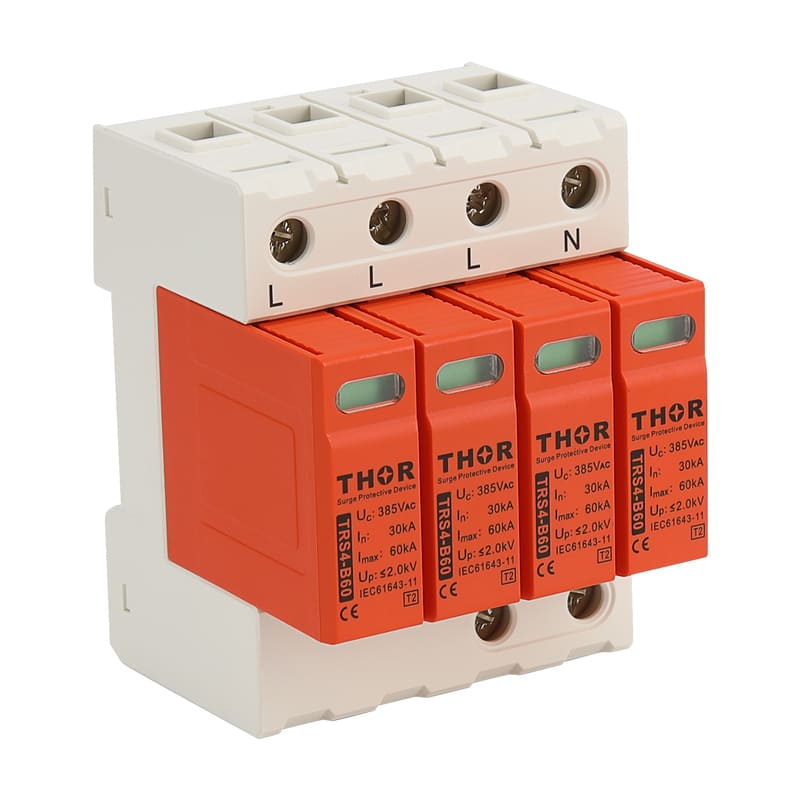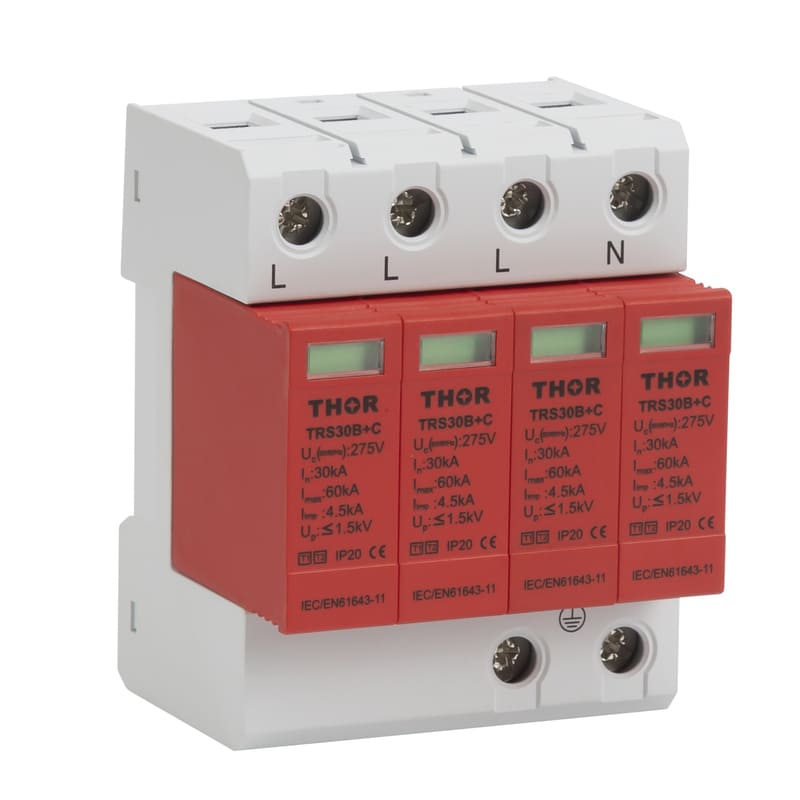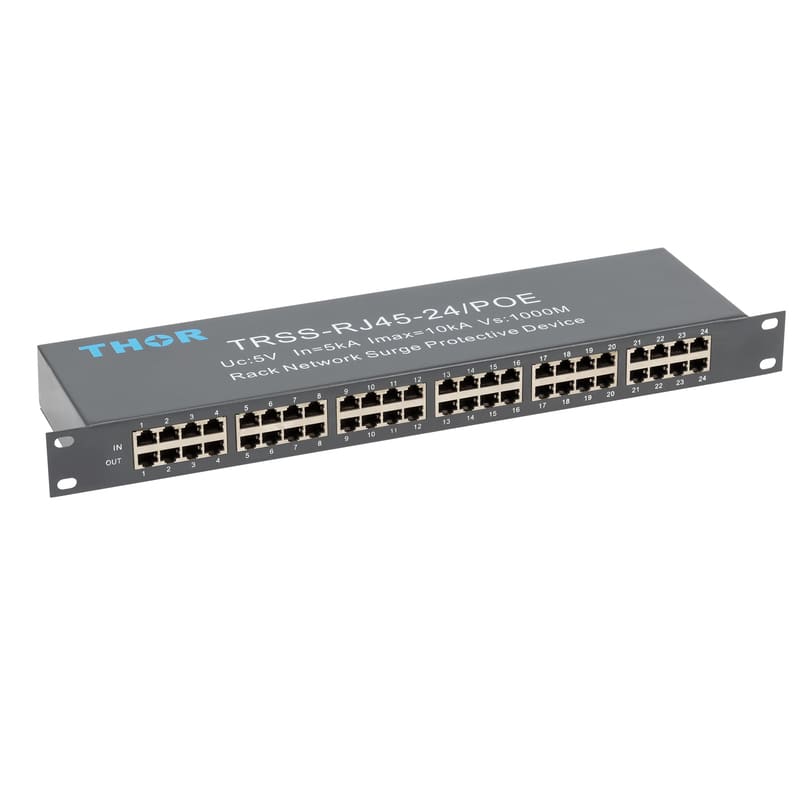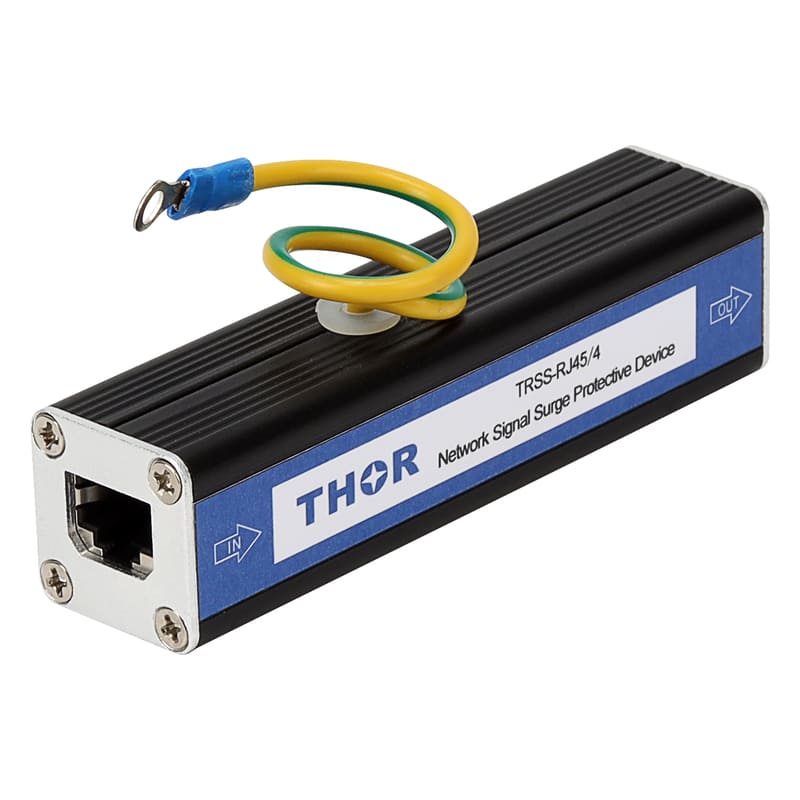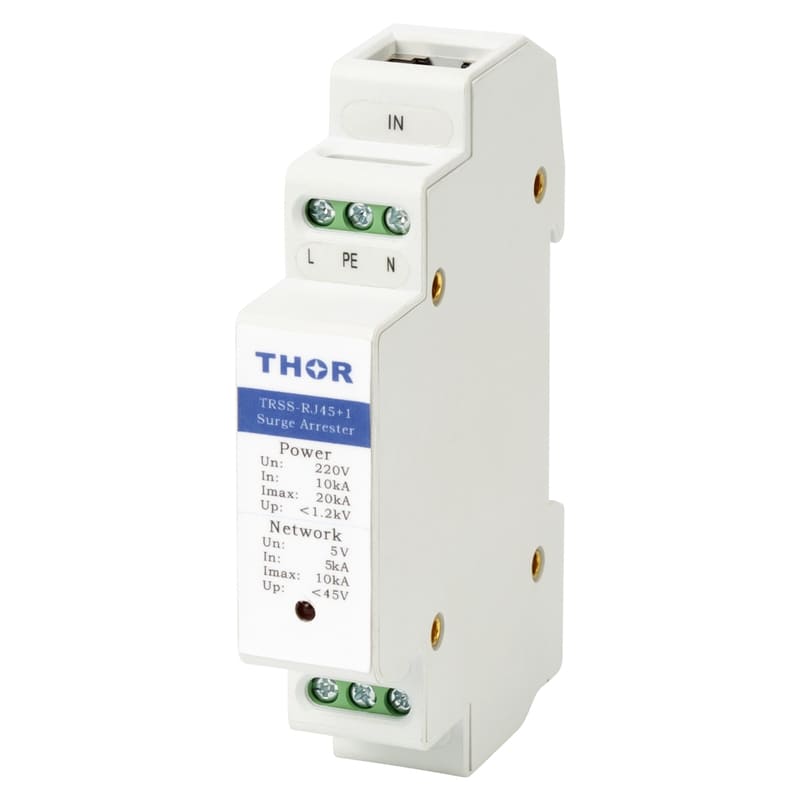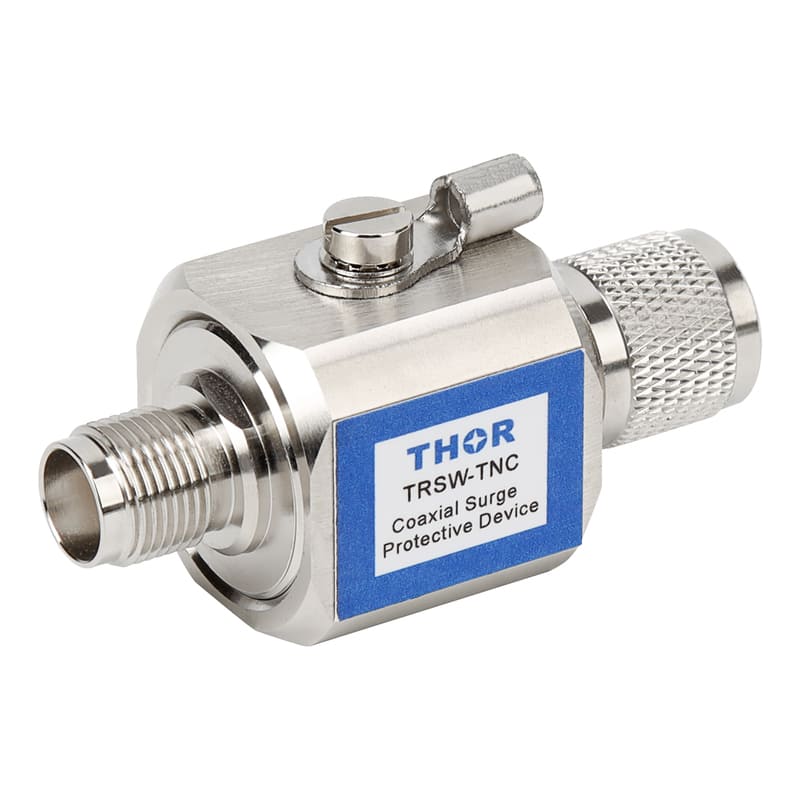The history of surge protective devices
surge protective device, also known as lightning arrester, is a kind of power electronic equipment, instrumentation, communication lines to provide lightning safety protection device. When the circuit or communication line due to external interference suddenly produce current or voltage, surge protective device can be switched on and off in a very short time, so as to prevent the damage of surge to the protected equipment in the circuit. It can protect against indirect lightning and direct lightning effects or other transient overvoltage surges. It is suitable for the surge protection requirements of household, tertiary industry and industrial fields.
The first angular gaps in surge protective devices were developed in the late 19th century for overhead transmission lines to prevent blackouts caused by lightning strikes that damaged equipment insulation. Aluminum surge protective devices, oxide surge protective devices, and pill surge protective devices were introduced in the 1920s. Tubular surge protective devices appeared in the 1930s. Silicon carbide arresters appeared in the 1950s. Metal oxide surge protective devices appeared in the 1970s. Modern high-voltage surge protective devices are used not only to limit overvoltage caused by lightning in power systems, but also to limit overvoltage caused by system operation. Since 1992, the industrial control standard 35mm guideway pluggable SPD surge protection module represented by Germany and France has been introduced into China on a large scale. Later, the United States, the United Kingdom as the representative of the integrated box power surge protection combination also entered China. After that, China's surge protection industry entered a stage of rapid development.

